The product we've all been waiting for is here!
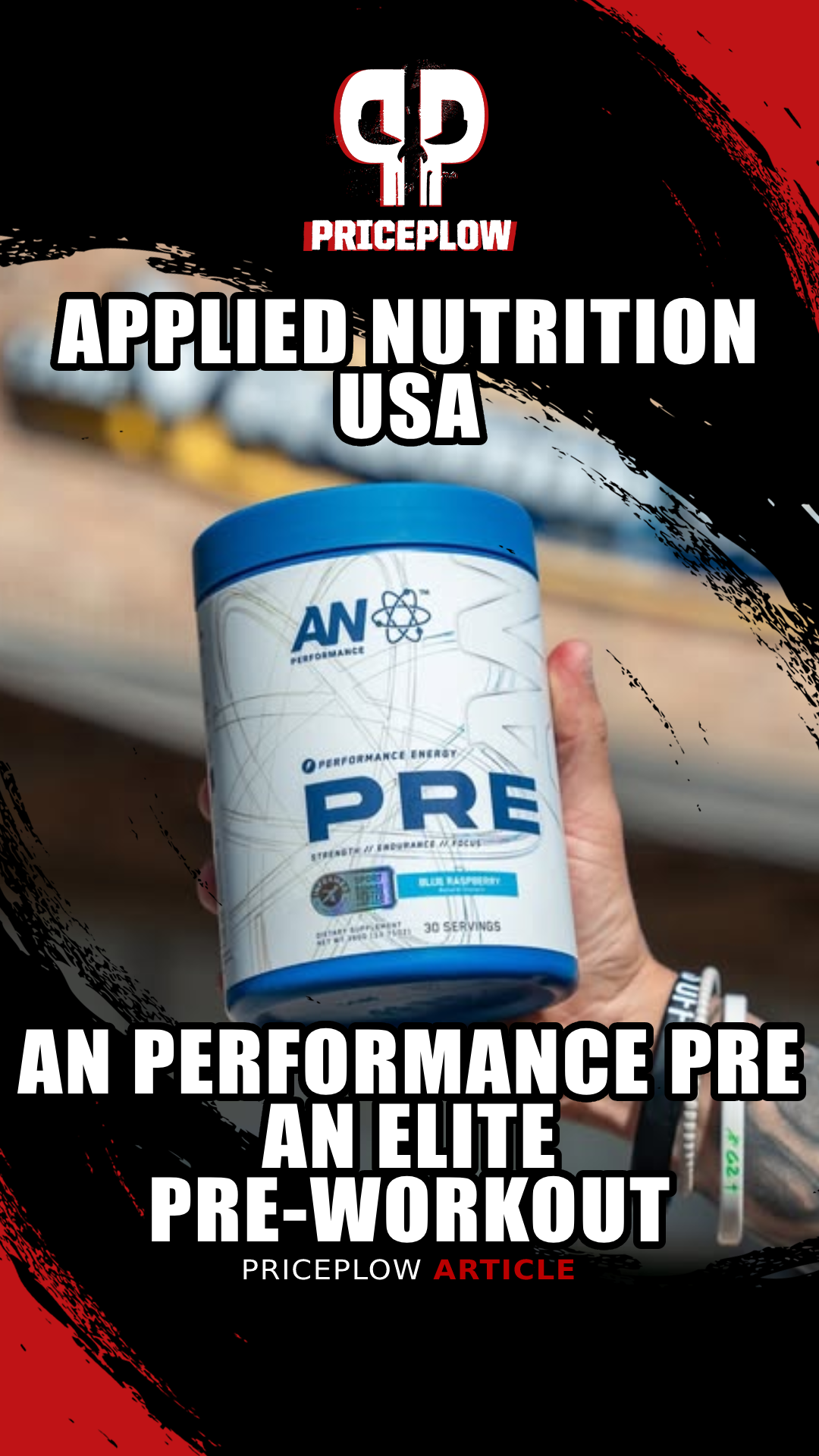
Applied Nutrition USA shakes up the pre-workout game with AN Performance PRE. Featuring Cognizin citicoline, NeuroRush, natural caffeine, and Informed Sport certification, it delivers energy, focus, and performance you can trust.
Applied Nutrition USA (AN USA) continues its ambitious expansion into the American market with the launch of AN Performance PRE, a comprehensively-dosed pre-workout supplement that's poised to make waves in the premium performance category. This meticulously formulated pre-workout supplement joins the growing AN Performance Series, which has already impressed us with its Creatine + Peptide and Electrolytes Hydration supplements, both of which include novel ingredients to surpass the competition.
What sets AN Performance PRE apart is not just its robust formula (which we'll detail below), but its Informed Sport certification, ensuring that athletes can train with complete confidence knowing their supplement is free of banned substances. This commitment to quality and transparency aligns perfectly with AN USA's mission to provide premium, trusted supplements to serious athletes and fitness enthusiasts.
The formula details are below, but we're excited about the inclusion of a clinically-supported 250 milligrams of Cognizin citicoline next to every 150 milligrams of naturally-sourced caffeine and Aura Scientific's NeuroRush to bring some extra zip to the formula. A big difference-maker inside is the ornithine added inside.
Let's get into it, but first, check PricePlow's deals and sign up for our AN USA news alerts so you get notified of new product launches:
AN USA AN Performance - PRE – Deals and Price Drop Alerts
Get Price Alerts
No spam, no scams.
Disclosure: PricePlow relies on pricing from stores with which we have a business relationship. We work hard to keep pricing current, but you may find a better offer.
Posts are sponsored in part by the retailers and/or brands listed on this page.
This area is reserved for Team PricePlow's upcoming videos.
Subscribe to our channel and sign up for notifications so you catch it when it goes live!
AN Performance PRE Ingredients
Below is what you get in a full two-scoop serving of AN Performance PRE:
-
L-Citrulline - 6g
AN Performance Pre formula kicks off with a solid 3-gram dose of L-citrulline per scoop (6 grams at the maximum two-scoop serving), which is a well-researched dose that can enhance your training performance and pumps. This non-essential amino acid is naturally found in watermelon, but you'd need to eat a lot of watermelon to get these kinds of doses![1]
L-citrulline works through two key mechanisms that make it perfect for a pre-workout supplement:
- First, it helps clear ammonia through the urea cycle, which can otherwise contribute to fatigue during intense exercise.[2]
- Second, and more importantly for most users, L-citrulline converts to L-arginine in your kidneys, which then serves as a substrate for nitric oxide production.[3]
What makes L-citrulline interesting is that it actually works better than supplementing with L-arginine directly. This is because L-citrulline bypasses the intestinal and liver metabolism that breaks down most supplemental L-arginine before it can do its job.[3] The end result? Better nitric oxide production, leading to enhanced blood flow and those coveted muscle pumps during training.
Research shows that supplementing with 2.4 to 6 grams of L-citrulline before exercise can boost performance (especially during high-intensity activities), reduce post-exercise fatigue, and even help with recovery by reducing muscle soreness.[2,4] At 3 grams per scoop, AN Performance Pre-Workout provides a clinically-supported dose at the single-scoop serving, with room to double down for those bigger training sessions.
But we're not done with the urea cycle yet:
-
L-Ornithine Hydrochloride - 4g
L-ornithine is another amino acid that plays a fascinating dual role in athletic performance – it helps remove performance-robbing ammonia while potentially boosting key anabolic hormones that support training intensity.[5]
First, ornithine is a central player in the urea cycle, where it helps detoxify ammonia, a toxic byproduct that builds up during intense exercise.[6] By clearing ammonia more efficiently, ornithine can help maintain performance when you're pushing hard in the gym – research has shown that the accumulation of ammonia is directly linked to exercise-induced fatigue.[7]
But that's just the start. What's also great about ornithine in AN Performance PRE is its synergy with the product's stimulant blend. Research has demonstrated that L-ornithine can stimulate the release of growth hormone through activation of the ghrelin system.[8] This mechanism involves the sympathetic nervous system, suggesting that ornithine may work even better in a stimulant-based pre-workout formula.[8]
A clinical study found that when subjects supplemented with L-ornithine, they experienced improved exercise performance and reduced fatigue compared to placebo. The researchers found this was linked to ornithine's ability to promote lipid metabolism and maintain healthy cortisol levels.[5] With 4 grams per serving, AN Performance PRE provides a substantial dose in line with successful research protocols.
The ultimate urea cycle support stack
The inclusion of L-ornithine alongside citrulline creates an intelligent "urea cycle support stack" – while citrulline drives nitric oxide production for pumps, ornithine helps clear metabolic waste that could otherwise limit your training intensity. This kind of thoughtful formulation is exactly what we've come to expect from AN Performance's premium approach to supplementation.
-
Beta Alanine - 3.2g
AN Performance PRE includes a full clinical dose of beta-alanine at 3.2 grams per serving, which research shows can enhance your training performance by boosting muscle carnosine levels.[9] Carnosine serves as a critical pH buffer in your muscles during intense exercise, helping to combat the burning sensation of lactic acid buildup that can limit your performance.[10]
While caffeine and other stimulants drive training intensity, beta-alanine helps you sustain that intensity by buffering acid buildup in your muscles. Research shows that supplementing with 3.2-6.4g of beta-alanine daily for at least 4 weeks can significantly increase muscle carnosine content by 40-60%, leading to improved performance in high-intensity exercise lasting between 1-4 minutes.[11]
In a pre-workout context, beta-alanine shines during those challenging sets where you're pushing through the burn – think heavy compound exercises or metabolic finishers. Studies have demonstrated that increased muscle carnosine from beta-alanine supplementation can improve exercise capacity and reduce neuromuscular fatigue.[12] This means you can potentially squeeze out a few more reps or maintain intensity longer during your workouts.
One thing worth noting is that beta-alanine may cause a harmless tingling sensation called paresthesia in some users. AN Performance PRE uses a standard 3.2g dose, which might cause mild tingling in sensitive individuals. However, this sensation typically subsides within 60-90 minutes and doesn't impact the performance benefits.[13]
When combined with other performance ingredients in this formula, especially the citrulline and ornithine for additional fatigue fighting benefits, beta-alanine helps create a comprehensive pre-workout that supports both immediate performance and longer-term training adaptations.
-
Betaine Anhydrous - 2.5g
Next is a clinical 2.5 gram dose of betaine anhydrous, also known as trimethylglycine. This naturally-occurring compound was first discovered in sugar beets, but can also be found in foods like wheat bran, wheat germ, and spinach.[14] When combined with the stimulants and performance enhancers in this formula, betaine helps support both strength and power output while potentially improving body composition over time.
Betaine works through multiple mechanisms that make it extremely valuable in a pre-workout supplement. As an osmolyte, it helps maintain cellular hydration during intense exercise, which may enhance muscle protein synthesis and protect against protein denaturation.[15] This becomes especially important during stimulant-fueled training sessions that can increase sweating and fluid loss. Additionally, betaine acts as a methyl donor that may help increase creatine production in muscles, complementing its performance-enhancing effects.[16,17]
Research on betaine supplementation shows promising results for strength and power output. One study found that 2.5 grams of betaine per day improved vertical jump power, bench press throw power, and force production in the isometric squat.[18] When combined with a structured training program, betaine supplementation has been shown to enhance lean mass gains while reducing fat mass.[16,17] The clinical dose in AN Performance PRE was specifically chosen based on these successful research protocols.
What also makes betaine useful is its synergy with other ingredients. Studies suggest betaine may help reduce exercise-induced fatigue and improve training volume, especially during high-volume resistance training.[19] When paired with stimulants like caffeine, this could help users maintain higher training intensities throughout their workouts while potentially supporting better body composition outcomes over time.
-
Taurine - 2g
The large 2-gram dose of taurine works synergistically with the formula's stimulants while providing its own performance benefits. Taurine is an amino acid that's highly concentrated in muscle tissue, where it plays several key roles in exercise performance.[20]
Taurine is valuable in pre-workout formulas thanks to its ability to help regulate cellular calcium handling and maintain proper muscle contractility.[21] This becomes especially important when combined with stimulants, as taurine can help smooth out the energetic response while supporting muscle performance. Research has shown that taurine supplementation can improve exercise time to exhaustion and reduce exercise-induced oxidative stress.[22]
The 2-gram dose aligns with successful research showing that 1-3g of taurine taken 60-120 minutes before exercise can enhance endurance performance and power output.[23] While some pre-workouts include taurine simply to "smooth out" stimulants, AN Performance PRE provides a proper clinical dose that can support both aerobic and anaerobic performance. Studies demonstrate that taurine supplementation can
- increase fat oxidation during exercise,[24]
- reduce lactate production,[25], and
- may even help improve recovery by reducing muscle damage markers.[26]
When combined with caffeine and other stimulants, taurine helps create a more complete pre-workout experience by supporting cellular hydration, maintaining electrolyte balance, and potentially reducing the "crash" some users experience from stimulant-based formulas.[27] This makes it an intelligent addition to AN Performance PRE's comprehensive formula, and we're loving the doses we're seeing here.
-
L-Tyrosine - 1.5g
Applied Nutrition included a solid 1.5 gram dose of L-tyrosine, an amino acid that serves as a critical precursor to dopamine and norepinephrine - two key neurotransmitters that support focus, motivation, and cognitive performance during intense training.[28] When combined with the formula's stimulants, tyrosine helps create a more comprehensive performance-enhancing effect that goes beyond just pure energy.
For pre-workouts, we love tyrosine's ability to help maintain optimal catecholamine (dopamine/norepinephrine) levels during stressful conditions - like an intense training session. Research shows that when neurons are firing rapidly, such as during periods of stress or intense focus, tyrosine supplementation can help prevent the depletion of these crucial neurotransmitters.[29] This may be especially important when combined with stimulants like caffeine, which can increase the demand on these neurotransmitter systems.
Now at The Vitamin Shoppe: The AN Performance by Applied Nutrition USA. Fuel Your Moment with innovative, transparent supplements designed to push athletes from sideline to sideline
Multiple studies have demonstrated tyrosine's benefits during stressful conditions. For example, research has shown that tyrosine supplementation can improve cognitive performance and reduce fatigue during extended periods of physical stress and sleep deprivation.[30] One study found that supplementing with tyrosine helped subjects maintain performance during exercise in hot conditions[30] - exactly the kind of stress you might experience during an intense training session.
The 1.5 gram dose in AN Performance PRE is well-chosen, as research typically uses doses between 1-2 grams for performance benefits.[31] When paired with the formula's caffeine and other nootropics like Cognizin citicoline, tyrosine helps create a comprehensive cognitive enhancement blend that supports both mental and physical performance during training.
For some users, the tyrosine-caffeine combination may provide a smoother, more focused energy compared to caffeine alone. This makes AN Performance PRE ideal for athletes who want a pre-workout that delivers clean energy and enhanced focus without excessive jitters or crash.
-
Cognizin® Citicoline - 500mg
Before we get to the caffeine, it's time for some serious focus -- taurine and tyrosine were just an appetizer.
AN Performance PRE includes an impressive dose of Cognizin®, Kyowa Hakko's patented[32-35] form of citicoline, delivering 250mg per scoop and a full clinical 500mg dose at two scoops. This nootropic ingredient is an excellent addition to the formula, as it works through multiple complementary pathways to enhance both cognitive and physical performance during training.
Citicoline serves as a building block for acetylcholine and phosphatidylcholine synthesis, supporting both neurotransmitter function and cell membrane integrity.[36]
What makes citicoline so special in a pre-workout is its ability to enhance dopamine release and neural activation[37] - effects that can synergize with caffeine to provide more focused, sustained energy. Research has shown that citicoline supplementation can improve attention, reduce impulsivity, and enhance psychomotor speed - all crucial factors for maintaining training intensity and proper form.[38]
A key advantage of including Cognizin citicoline alongside stimulants is its ability to support brain bioenergetics. Studies using magnetic resonance spectroscopy have demonstrated that citicoline supplementation increases frontal lobe phosphocreatine levels by 7% and ATP levels by 14%, suggesting improved cellular energy production in brain regions responsible for focus and motor control.[39] When combined with caffeine and tyrosine in AN Performance PRE's formula, this creates a comprehensive cognitive enhancement stack that supports sustained mental performance throughout your training session.
Clinical research has validated these benefits at exactly the doses provided here - studies show that 250-500mg of citicoline can significantly improve attention and reduce mental fatigue.[40]
The fact that AN Performance PRE delivers a clinical dose in just one scoop, with room to double down for more demanding sessions, demonstrates the premium approach taken with this formula. This thoughtful dosing strategy allows users to adjust their intake based on their needs while ensuring they receive research-backed amounts of this powerful nootropic.
-
PurCaf Organic Caffeine (from green coffee beans (Coffea arabica)) - 300mg
Now it's time for caffeine, but not just any caffeine -- AN Performance PRE takes a thoughtful approach to caffeine delivery by providing 300mg of naturally-sourced PurCaf organic caffeine in two scoops alongside NeuroRush coffee fruit extract, which is discussed next. This combination provides a far more natural, comprehensive stimulant experience compared to basic caffeine anhydrous alone.
Caffeine is the most widely-researched ergogenic aid in sports nutrition, consistently demonstrating benefits for both physical and mental performance.[41] It works through multiple mechanisms:
- Blocks adenosine receptors in the brain, reducing fatigue and increasing alertness[42]
- Enhances calcium release in muscle tissue, improving muscle contraction force[43]
- Increases fat oxidation and preserves muscle glycogen during exercise[44]
- Reduces perceived exertion during training, allowing you to push harder[45]
The dose range in AN Performance PRE (150-300mg) hits the sweet spot for performance benefits. Research shows that caffeine doses between 3-6mg/kg body mass consistently improve exercise performance, which typically translates to 200-400mg for most users.[46] By providing flexibility with the two-scoop serving option, athletes can adjust their dosage based on individual tolerance and training demands.
AN Performance Hydration isn't your typical electrolyte drink. Powered by Peak ATP and a balanced electrolyte blend, it enhances hydration and performance. Applied Nutrition USA is setting a new standard—available now at The Vitamin Shoppe.
More synergy coming with NeuroRush
What makes AN's approach unique is the inclusion of NeuroRush coffee fruit extract alongside PurCaf. Coffee fruit extract contains additional bioactive compounds that may complement caffeine's effects through antioxidant and neurotrophic properties. This is explained in the section below, and the dual-source approach may provide a smoother energy experience compared to single-source caffeine products.
When combined with the formula's nootropics like Cognizin citicoline and L-tyrosine, this caffeine blend creates a comprehensive performance-enhancing stack that supports both mental and physical aspects of training. The addition of taurine (2g per serving) helps modulate caffeine's effects while providing its own performance benefits, potentially reducing the likelihood of jitters or crash that some users experience with stimulant-based pre-workouts.[27]
-
NeuroRush (Coffee (Coffea arabica) Fruit Extract) - 100mg
As discussed above, Applied Nutrition added 100mg of NeuroRush, a premium coffee fruit extract from Aura Scientific that adds a new dimension to the formula's energy profile. When combined with the naturally-sourced PurCaf, this creates a more comprehensive stimulant experience through additional bioactive compounds found in coffee fruit.
What makes NeuroRush unique is that it's standardized for coffee's beneficial compounds while keeping stimulant content minimal. This allows formulators to get many of coffee's cognitive benefits while controlling the stimulant content through other sources – in this case, PurCaf organic caffeine.
Research on coffee fruit extract has demonstrated several impressive benefits. In one study, a single 100mg dose improved reaction times and accuracy on cognitive tests, with subjects showing significant improvements in working memory.[47] The researchers found that it worked in part by beneficially modulating the brain's glutamate/GABA balance.[47]
Aura Scientific’s NeuroRush brings the cognitive perks of coffee without the taste! High in polyphenols like chlorogenic acid, it supports memory, focus, and steady energy by enhancing glucose metabolism and reducing cognitive fatigue. Perfect for long-lasting mental clarity.
A longer-term study spanning 28 days found that participants supplementing with coffee fruit extract showed remarkable improvements in reaction time – up to 41% faster compared to just 11.5% in the placebo group.[48] The researchers attributed these benefits to coffee fruit's rich polyphenol content, particularly its chlorogenic acids which can help reduce oxidative stress and support healthy brain aging.[48]
When paired with PurCaf in AN Performance PRE, NeuroRush creates what many users describe as a smoother, more natural feeling of energy. The formula's additional nootropics like Cognizin citicoline and L-tyrosine further complement this effect, potentially helping to minimize the jitters or crashes that some users experience with caffeine alone.
By using this dual-source approach to caffeine and coffee constituents, AN Performance PRE provides not just the acute benefits of caffeine, but also the neuroprotective effects of coffee's other bioactive compounds. This thoughtful formulation strategy showcases AN's commitment to creating premium supplements that maximize both immediate performance and long-term cognitive support.
You can learn more about it in our deep-dive titled "NeuroRush: Unlocking Coffee's Cognitive Benefits For Focus and Workouts".
-
Potassium - 320mg (6.7% DV)
One of AN Performance PRE's standout features is its impressive 320mg dose of potassium (as potassium citrate), providing nearly 7% of your daily value. While this mineral is often overlooked in pre-workout formulas, potassium plays a crucial role in athletic performance and muscle function.
Most notably, potassium helps promote vasodilation through its effects on the endothelium (the inner lining of blood vessels). It works by hyperpolarizing endothelial cells and stimulating the sodium pump, which leads to the opening of potassium channels and ultimately results in vasodilation.[49] This mechanism suggests potassium supplementation could enhance muscle pumps during training, especially for those who may be deficient in this mineral.
Speaking of deficiency, potassium is considered a "shortfall nutrient," meaning most Americans don't get enough through their diet alone.[50] This is particularly concerning since modern agriculture practices have led to declining potassium levels in many foods.[51] For athletes and active individuals who lose additional potassium through sweat, maintaining adequate levels becomes even more important.
The potassium-to-sodium ratio is critical!
What makes potassium particularly interesting is its relationship with sodium. Research has shown that the potassium-to-sodium ratio is often more important than the absolute amounts of either mineral.[52] While most pre-workouts focus heavily on sodium content, AN Performance PRE takes a more balanced approach by providing meaningful amounts of both electrolytes. This balanced electrolyte profile may help support proper hydration and muscular function during intense training sessions.
Potassium is great for... weight loss?!
Perhaps most surprisingly, potassium supplementation has been correlated with improvements in body composition - one study found that increased dietary potassium intake was the strongest predictor of decreases in BMI among various nutritional factors studied.[53] While the mechanism isn't fully understood, this suggests potassium may play a larger role in metabolism and body composition than previously thought.
-
Sodium (from Sodium Citrate and Sea Salt) - 60mg (2.6% DV)
While AN Performance PRE goes bigger on potassium and takes a moderate approach with its sodium content, delivering 60mg (2.6% DV) through a combination of sodium citrate and sea salt, this electrolyte plays several critical roles in athletic performance and hydration.
AN Performance Creatine + Peptide is here! With 5g of creatine monohydrate and 2.4g of PeptiStrong, this no-frills formula boosts muscle growth and recovery.
Sodium is essential for proper muscle contraction and nerve signal transmission, making it a crucial mineral for athletes and gym-goers alike.[54] During intense training sessions, we lose sodium through sweat, and failing to replace it can lead to decreased performance and, in extreme cases, muscle cramping.[55]
The choice of sodium citrate specifically is interesting - research has shown that this form of sodium may provide performance benefits beyond basic electrolyte replacement. In one study, high-dose sodium citrate supplementation improved 3000-meter running performance in elite athletes compared to placebo.[56]
Additionally, the moderate sodium dose works synergistically with the formula's higher potassium content, supporting a more balanced electrolyte ratio that better aligns with optimal health outcomes.[52]
While some may wonder if this sodium content is enough, it's important to remember that most people consuming pre-workout supplements are likely getting adequate sodium through their regular diet. The average American consumes roughly double the recommended daily sodium intake,[57] so AN Performance PRE's moderate approach helps provide additional electrolyte support without excessive sodium for those who may not need it.
Now that's a pre-workout supplement!
Flavors Available
Conclusion: AN Performance Continues to Deliver
AN Performance PRE represents another strong addition to Applied Nutrition USA's premium supplement lineup. The comprehensive formula hits all the major points we look for in a pre-workout: sustained energy, enhanced blood flow, improved focus, and increased performance – all while maintaining the highest standards of quality through Informed Sport certification.
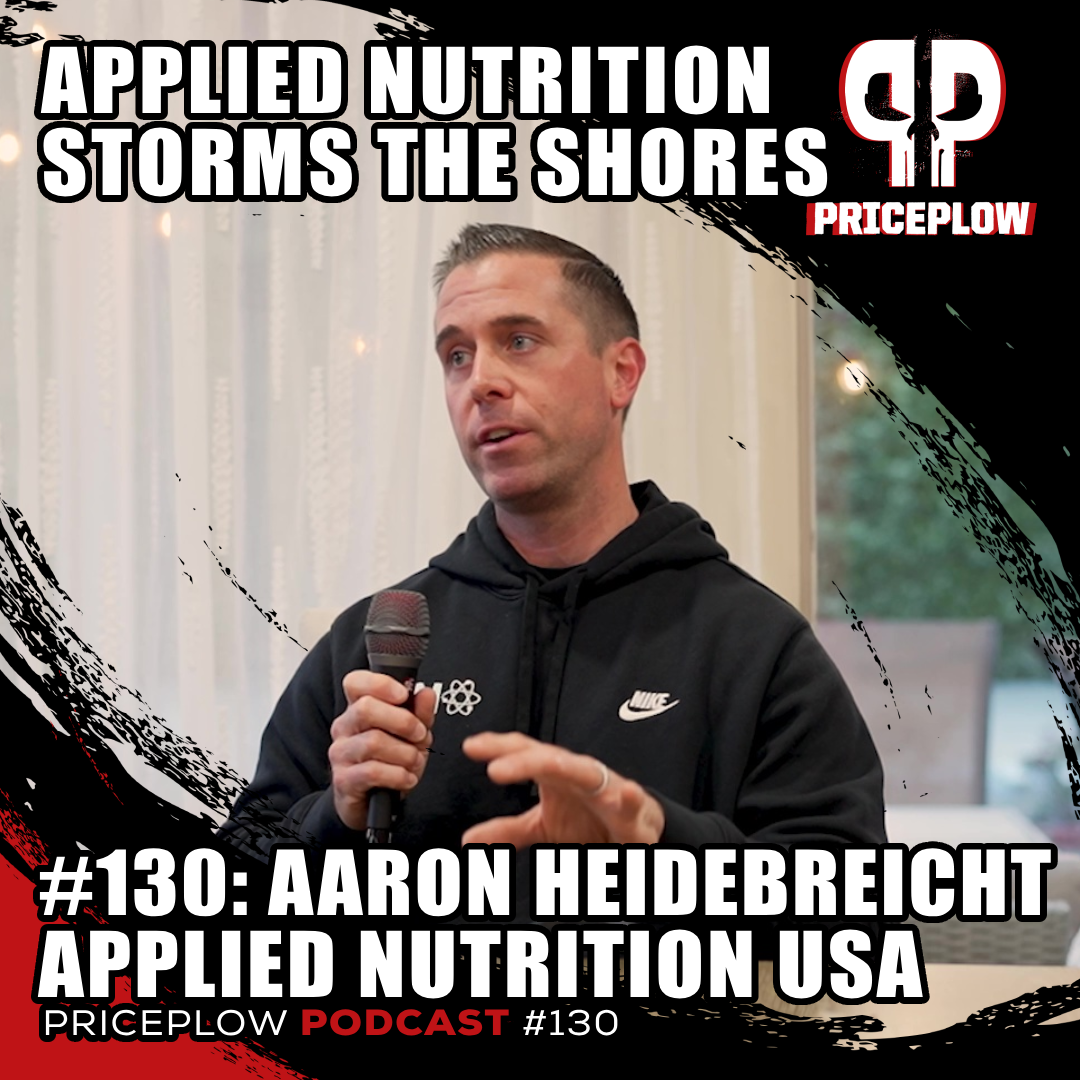
Aaron Heidebreicht is the new CEO of Applied Nutrition's US division. He explained his plans in Episode #130 of the PricePlow Podcast.
This launch further cements AN USA's commitment to excellence, which we first learned about in our podcast with US CEO Aaron Heidebreicht. As part of the growing AN Performance Series, this pre-workout demonstrates that Applied Nutrition isn't just entering the American market – they're here to compete at the highest level with meticulously-formulated supplements that cater to serious athletes and fitness enthusiasts.
Between the clinical dosing of key ingredients, banned substance testing, and the brand's demonstrated commitment to quality, AN Performance PRE is positioned to become a go-to option for athletes seeking a premium pre-workout experience. When stacked with AN Performance Hydration for enhanced endurance or AN Performance Creatine + Peptide for improved recovery and muscle growth, you have a powerful combination for achieving your training goals.
You can find the entire AN Performance Series, including AN Performance PRE, through the AN Supps website or at The Vitamin Shoppe. Sign up for our AN USA news alerts to stay updated on future releases and supplement innovations:
AN USA AN Performance - PRE – Deals and Price Drop Alerts
Get Price Alerts
No spam, no scams.
Disclosure: PricePlow relies on pricing from stores with which we have a business relationship. We work hard to keep pricing current, but you may find a better offer.
Posts are sponsored in part by the retailers and/or brands listed on this page.
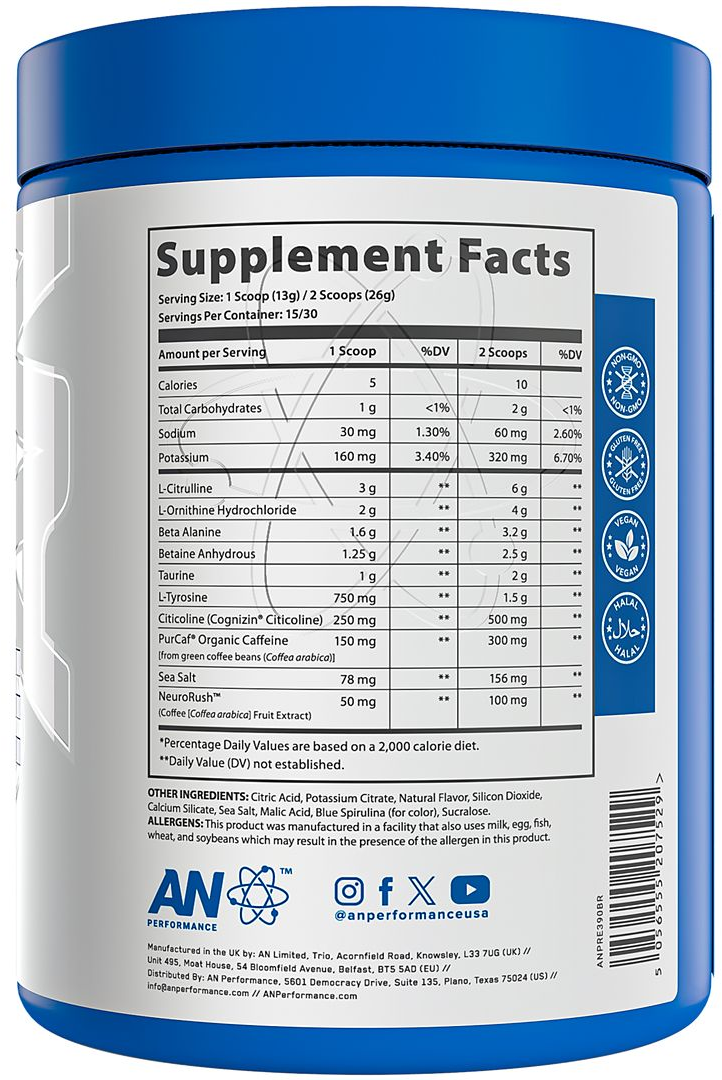
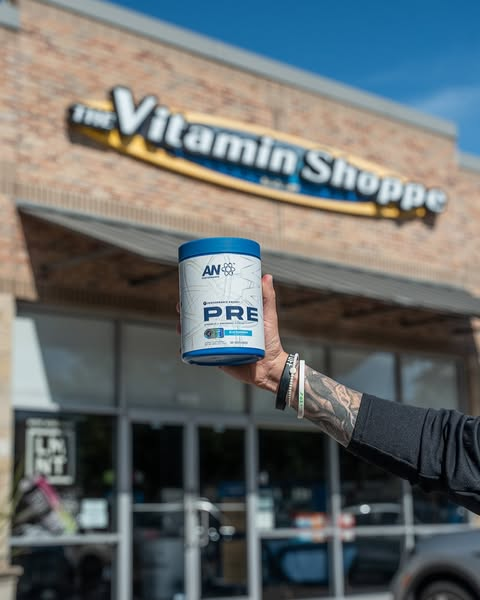
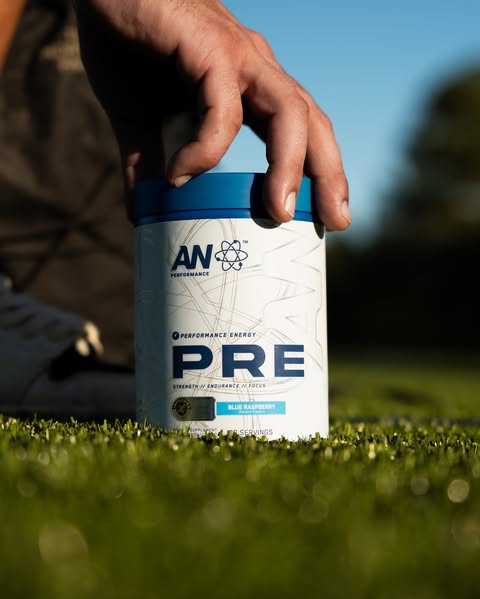
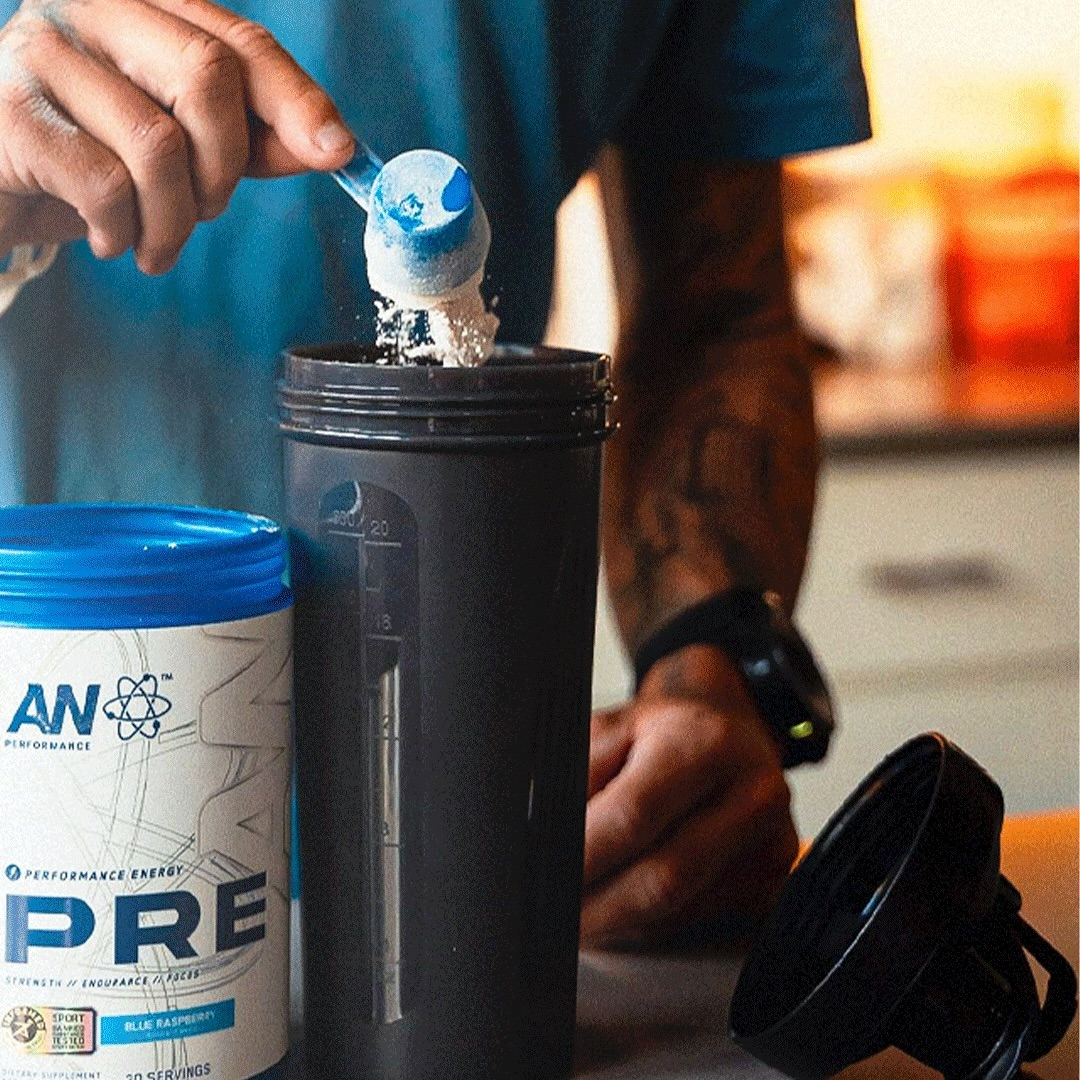
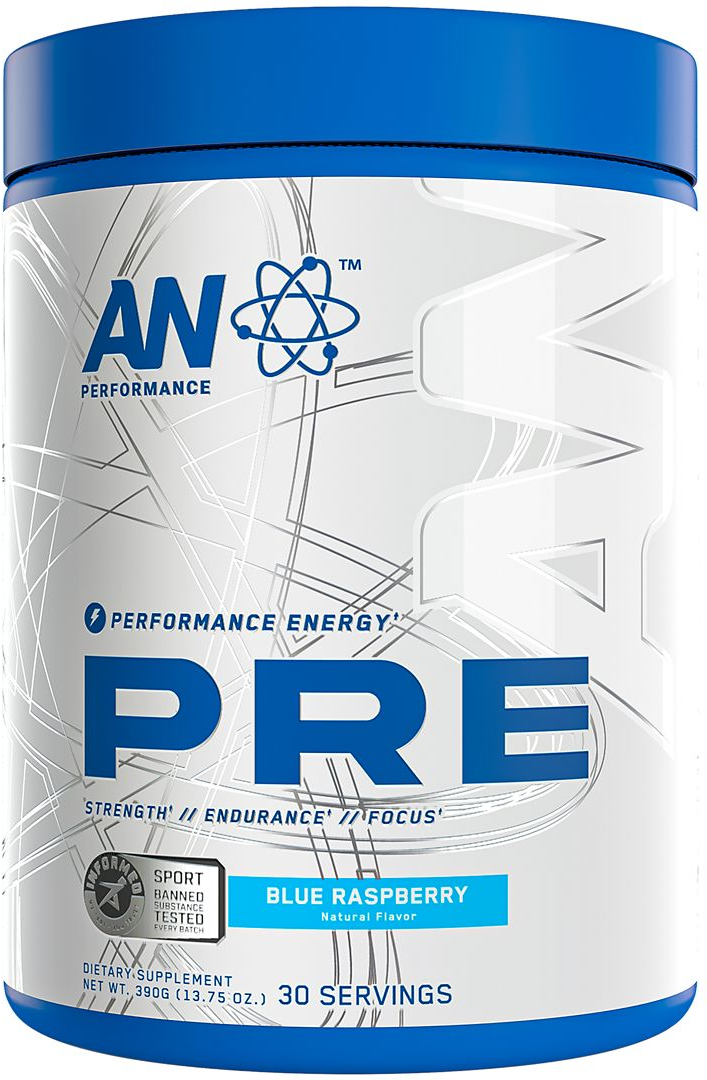
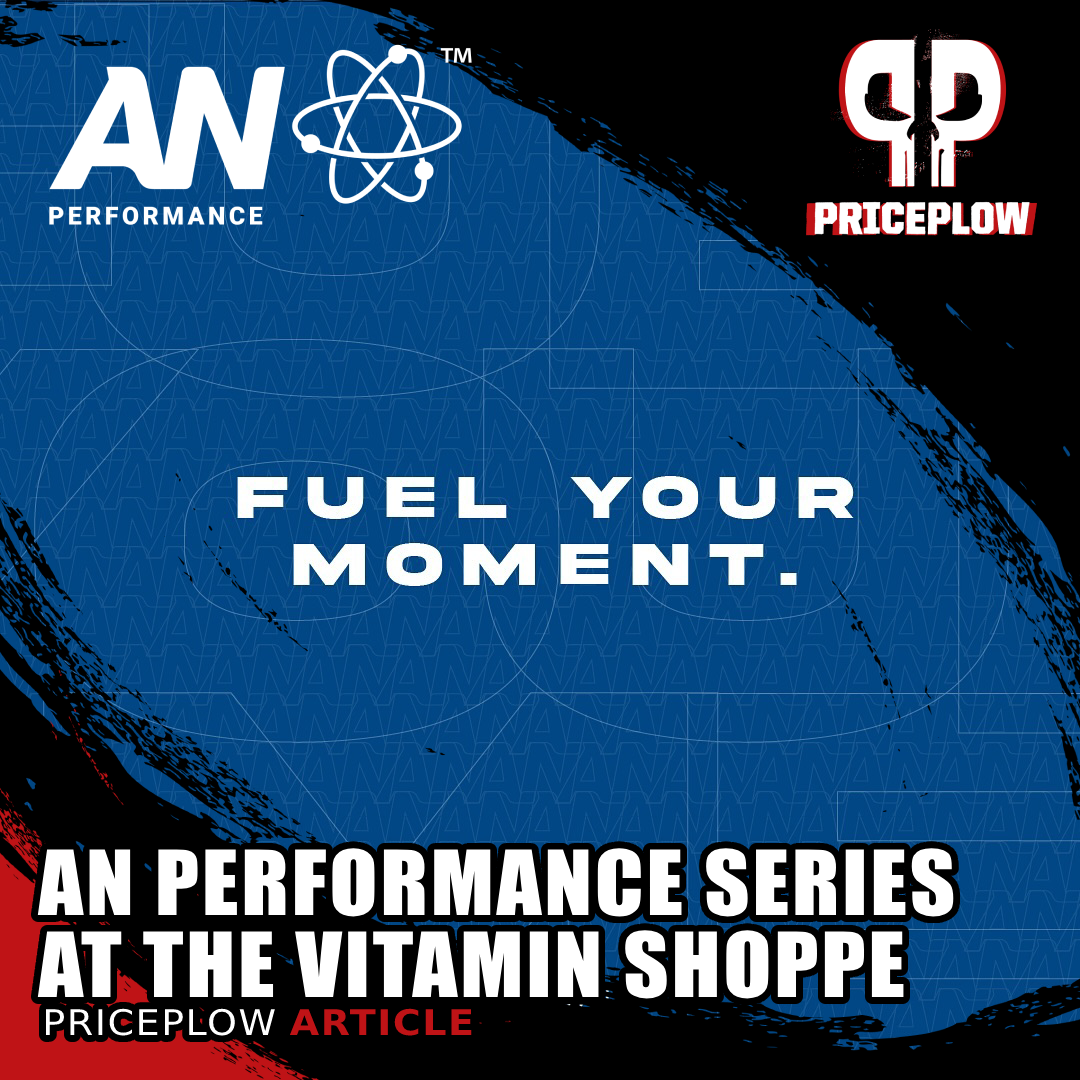
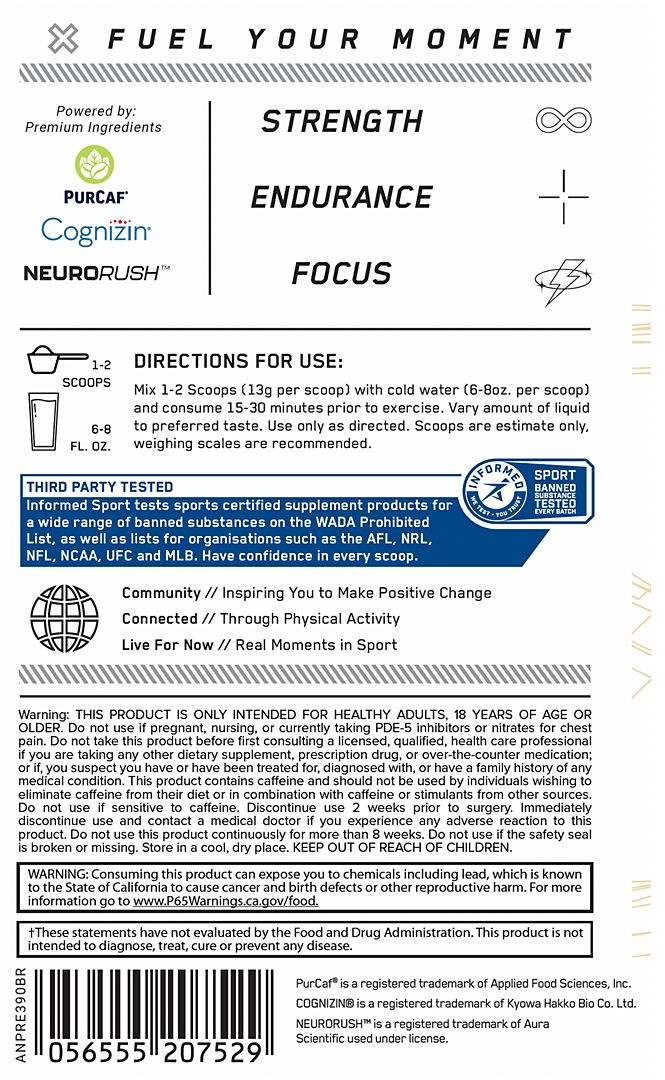
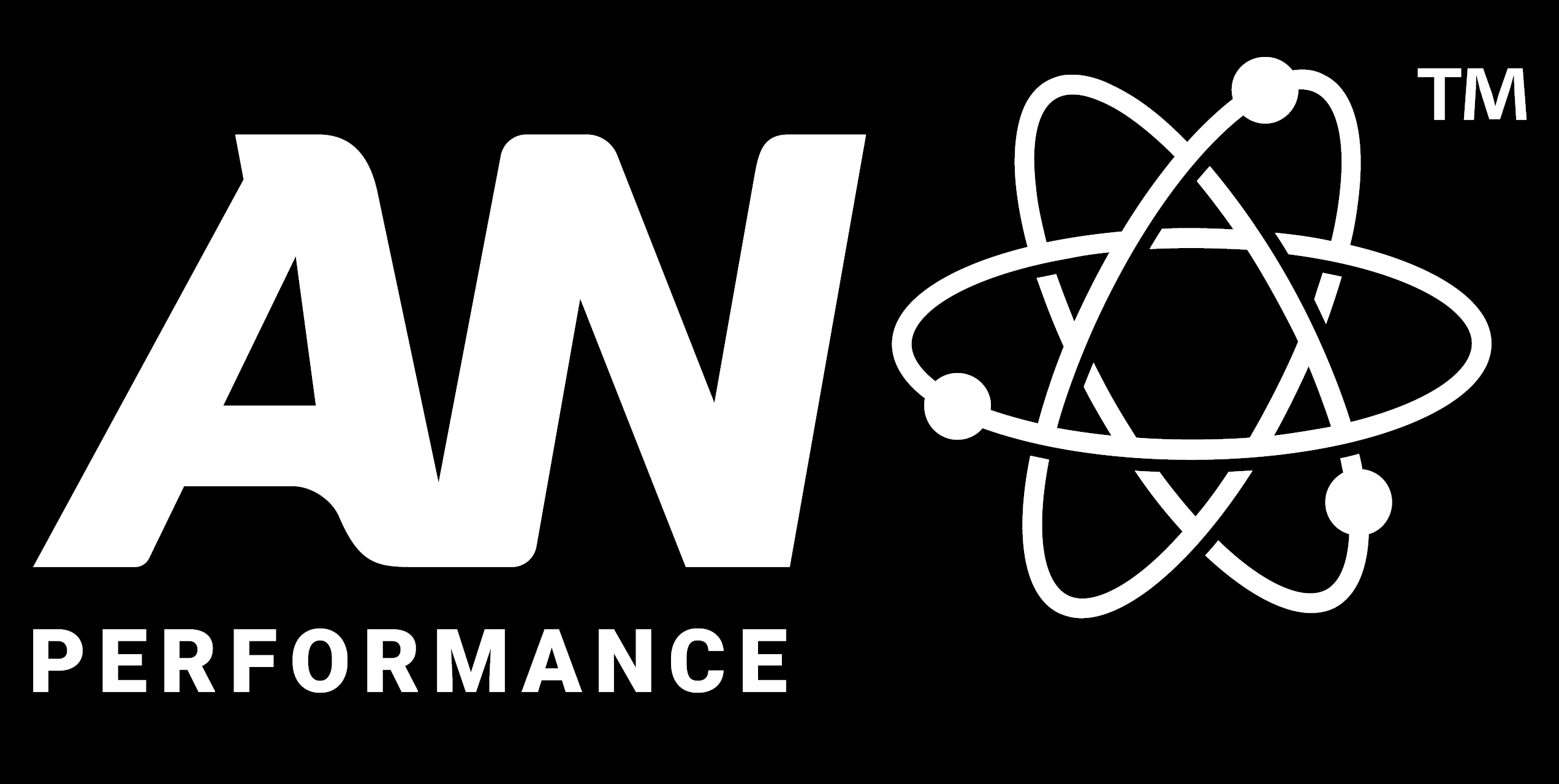
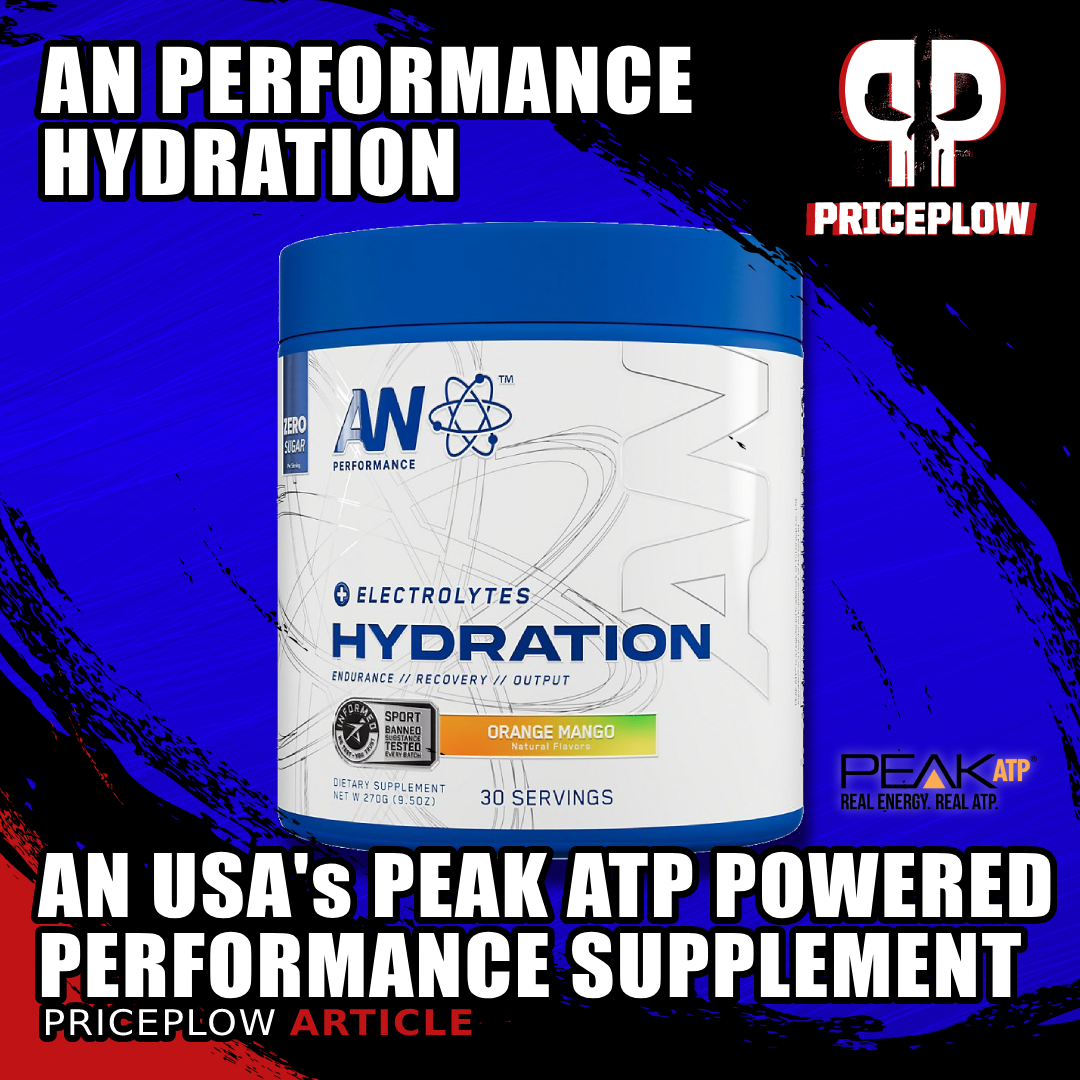
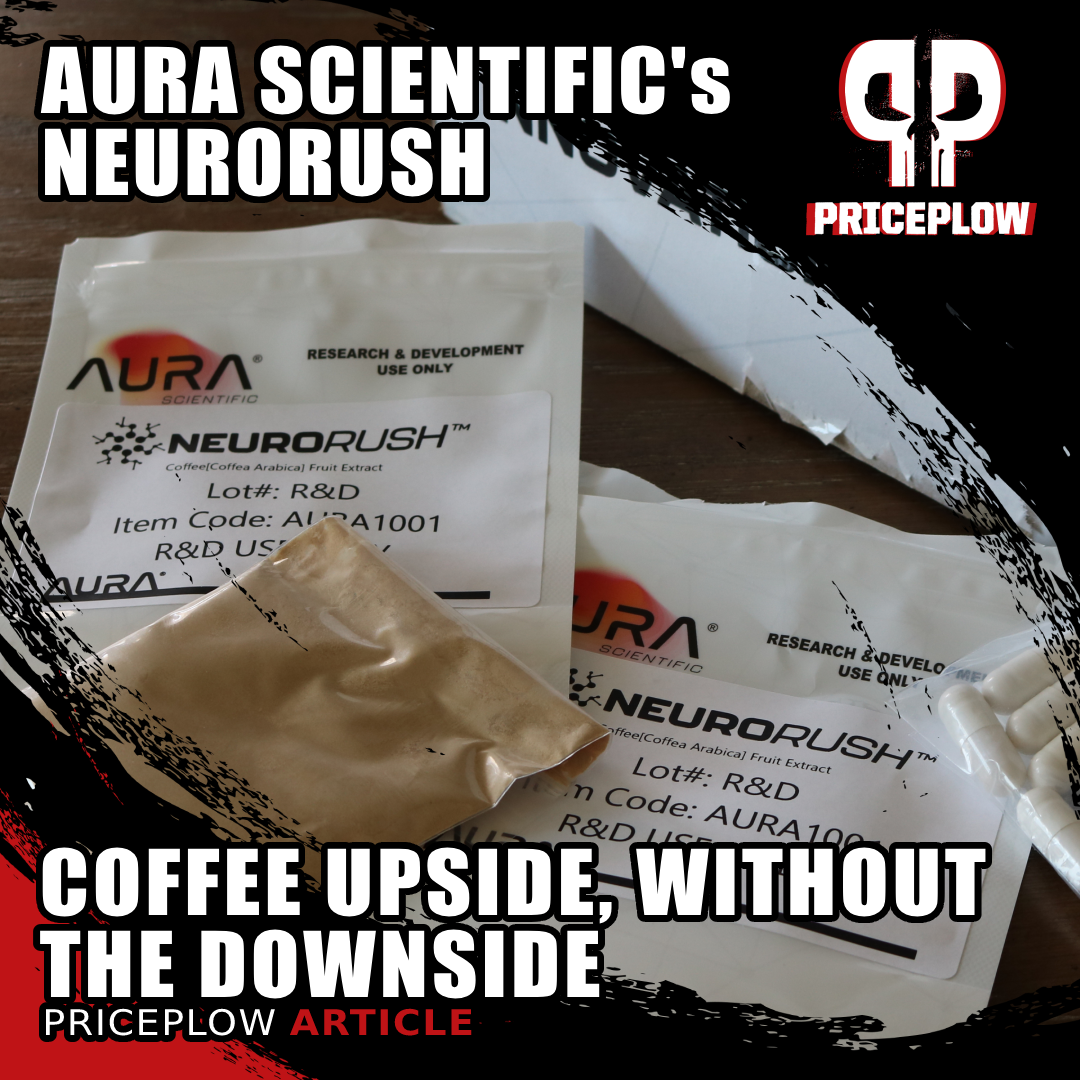
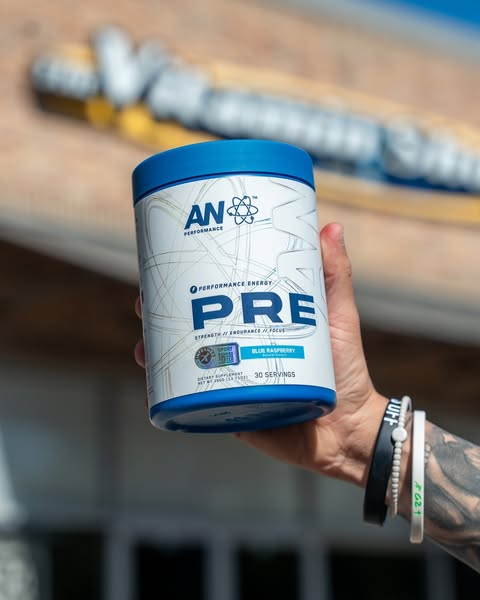
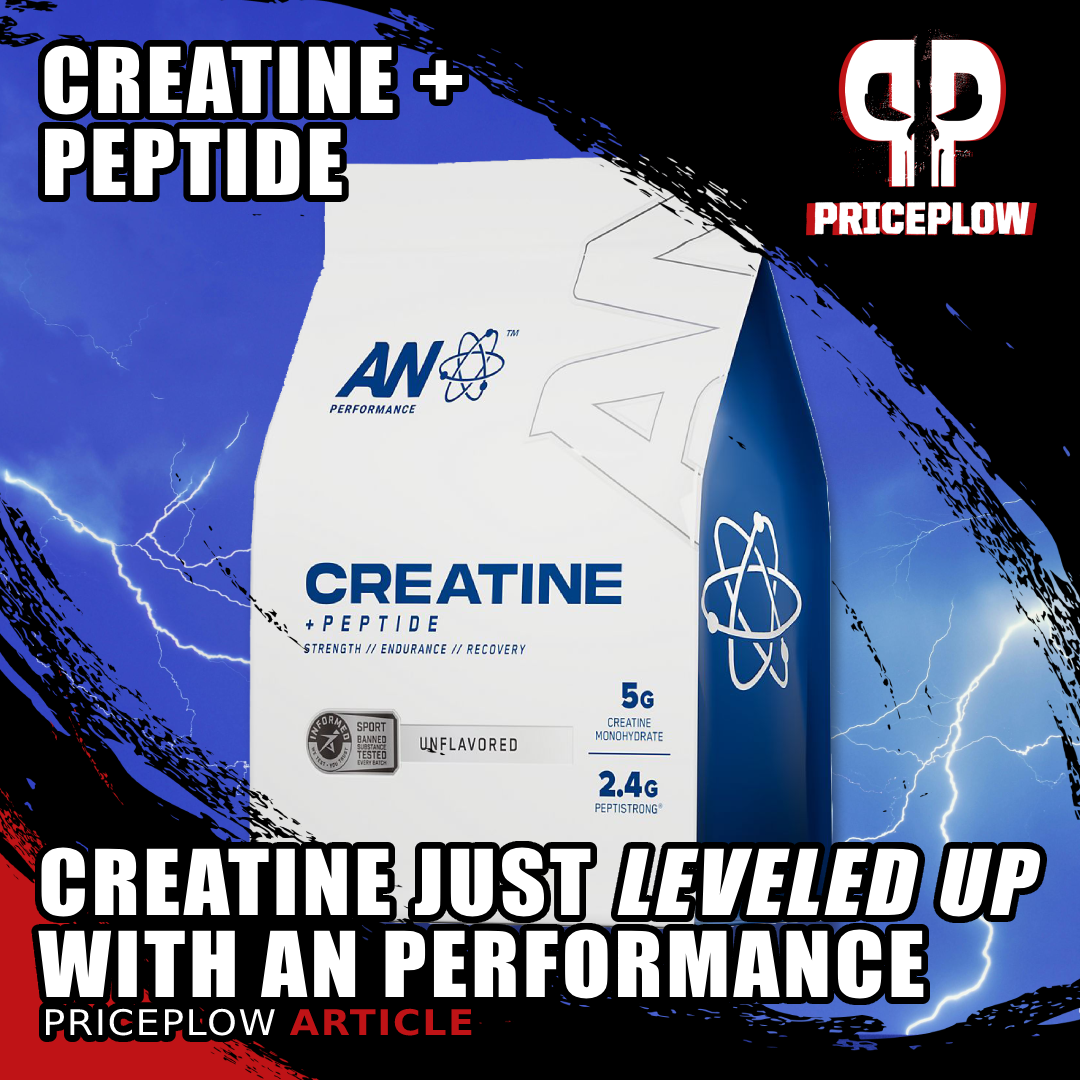


Comments and Discussion (Powered by the PricePlow Forum)